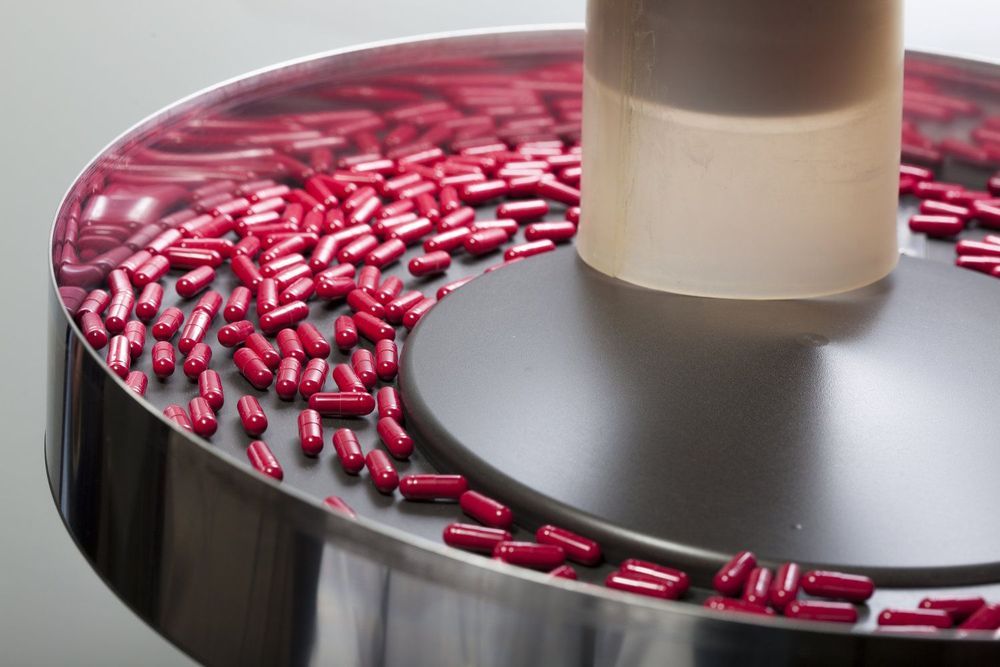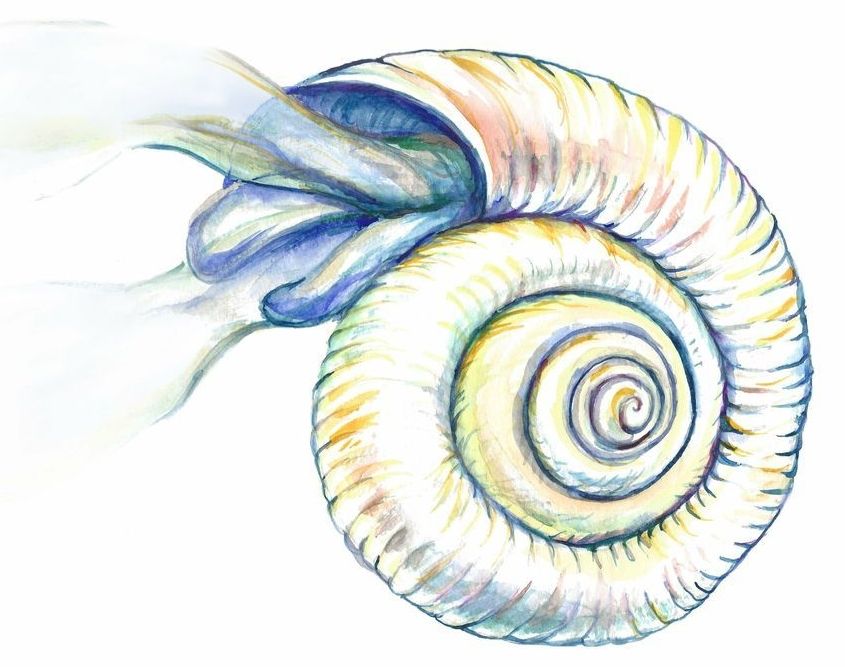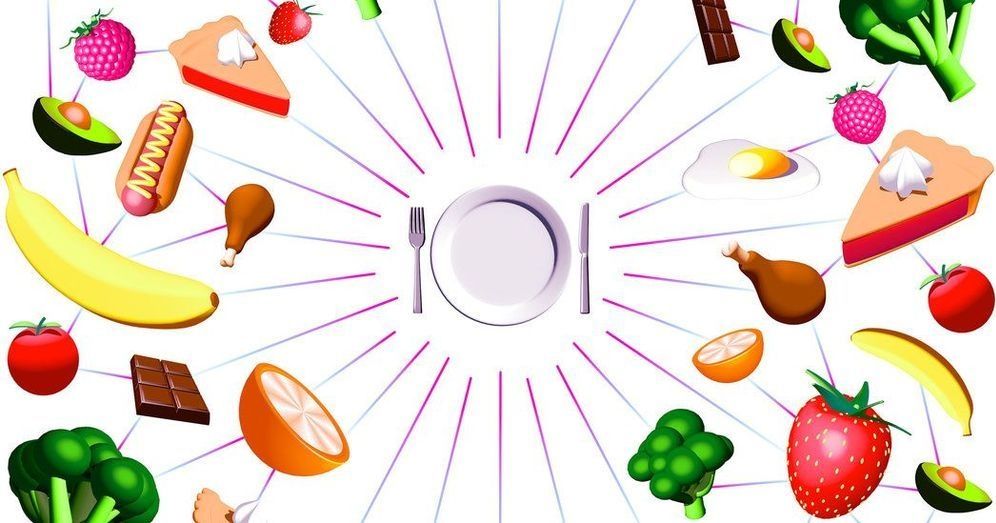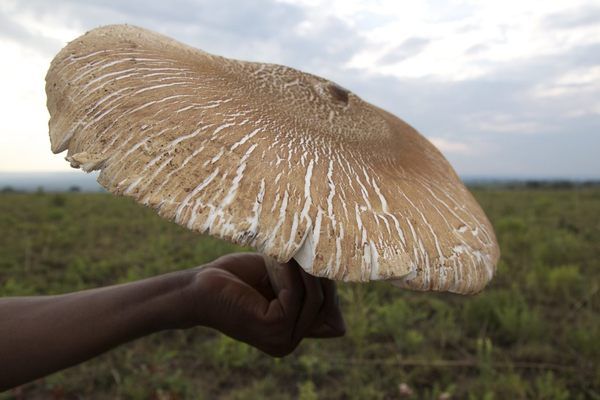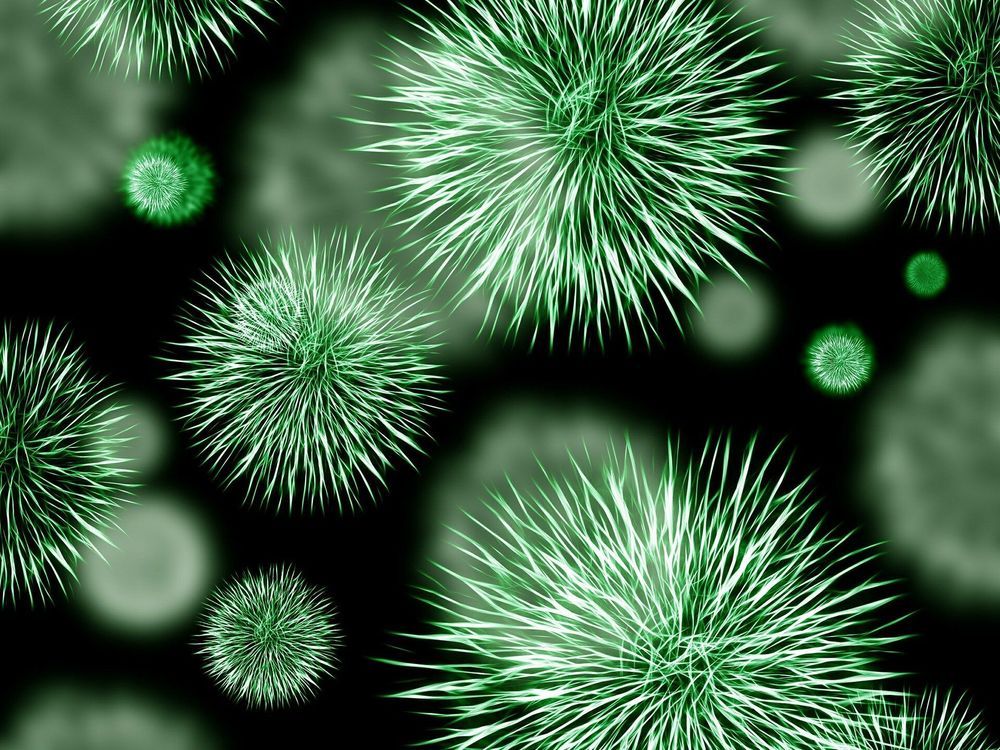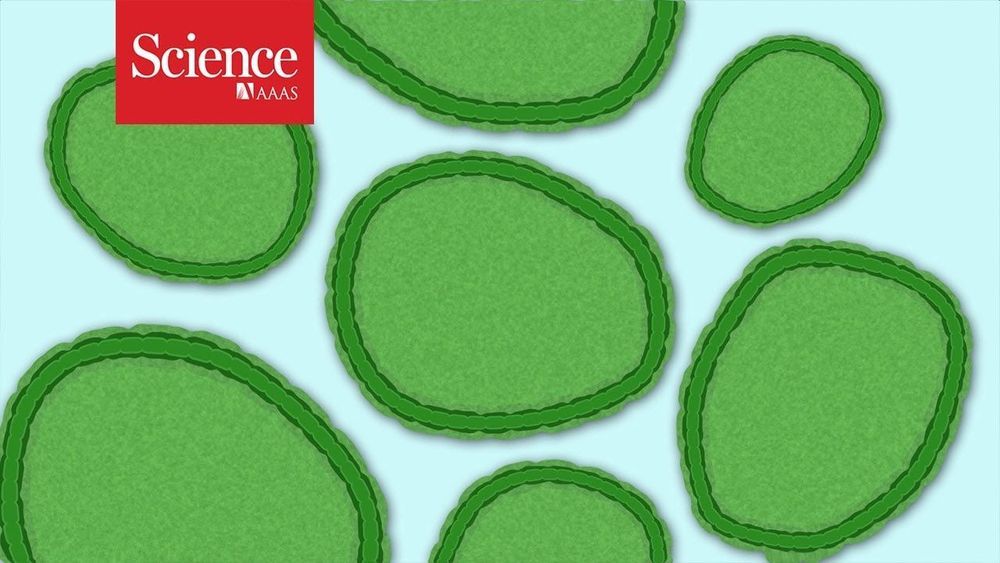Egg protein, gelatin etc, ha. I can imagine loads of curling toes among vegetarians vegans and investors alike…ranging from pure horror to utter excitement…yay vegan and gluten free pills… a hole in the market.
The medicines you take contain a soup of active and inactive ingredients.
Active ingredients are the ones that provide a therapeutic benefit, while inactive ingredients are just that — inactive — meaning they don’t react in the body and are instead there to enhance the properties of the medication itself, such as its taste, appearance and ability to be absorbed by the body. [7 Bizarre Drug Side Effects]
But it turns out that inactive ingredients may not be as, well, inactive as we think: A new study finds that, in some patients, inactive ingredients can trigger allergic reactions or other symptoms of food intolerance.
